The Inca trail is one of the most popular hikes in the world. Thousands of people are on the trail every day. Despite the vast numbers, reports of accidents and evacuations are surprisingly rare.
That doesn’t mean there is no danger on the Inca Trail. It is important to understand all the potential risks and minimize them as far as possible.
This article contains everything you need to know about how to stay safe on the Inca Trail.
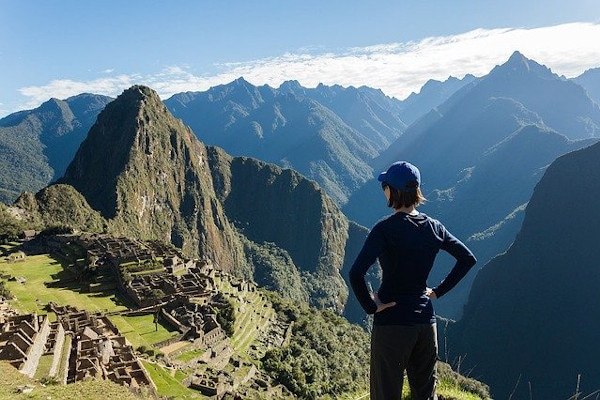
Get a Machu Picchu trek quote
Start planning your Machu Picchu hiking holiday.
Is It Dangerous On The Inca Trail Heading To Machu Picchu?
Is The Inca Trail Dangerous?
As all hikers know, any trek has its risks. That said, it is not particularly dangerous on the Inca Trail en route to Machu Picchu.
There are no treacherous climbs to worry about. Most accidents are due to health issues and pure bad luck.
As with anything in life, it is still better to be on the safe side. Prepare well and listen to your guide on the trail. With a little bit of caution, you should be just fine.
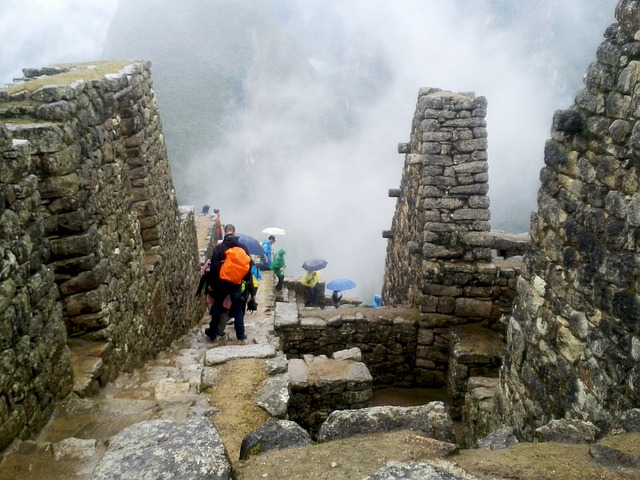
Risks When Hiking The Inca Trail
Despite the minimal danger on this famous route, there are still some risks which hikers should be aware of when trekking along the Inca Trail.
Altitude Sickness On The Inca Trail
Altitude sickness is the biggest risk to hikers, particularly if you are coming from Cusco. The most common symptoms include:
- headaches
- nausea
- fatigue
There are some precautions you can take to avoid altitude sickness. It is also important that you don’t ignore the symptoms when you have them during your trek. Let your guide know how you feel and don't push on if these symptoms get more serious.
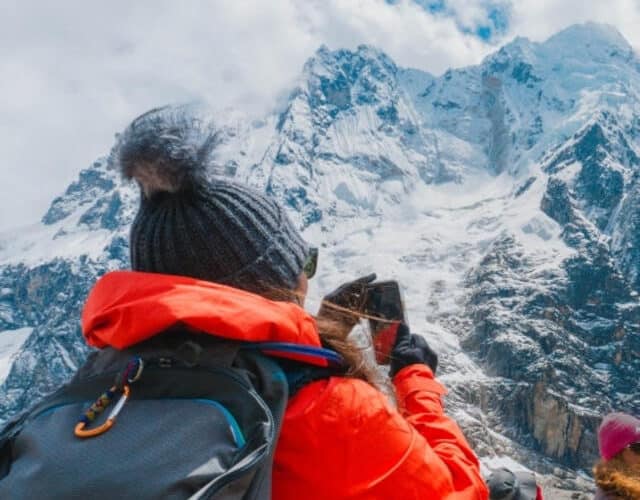
Landslides On The Inca Trail
Where there are mountains, there is always the possibility of landslides. Landslides on the Inca Trail rarely affect hikers, but it is still good to be aware of the danger.
There is no exact science to predicting where and when a landslide will occur. Some seasons and areas are definitely more prone to these earth shifts than others.
Fast Fact: Most landslides on the Inca Trail happen over the months of December to February. This is when rainfall is at its peak and the ground is very wet. Loose ground, heavy with water can easily be dislodged and start a domino effect down steep slopes.
The most dangerous areas for landslides are the Pacasmayo and Wayna Wayna campsites on Day 4. The Pacasmayo section is particularly prone to landslides.
Every year, there are debates on whether or not to bypass this site completely.
Over history, there have been two deaths on the Inca Trail at these sites. Both of these deaths occurred during the heaviest part of the rainy season in January.
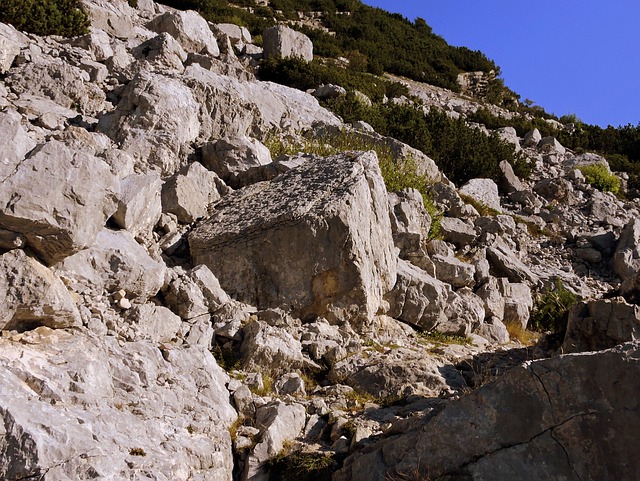
Injuries On The Inca Trail
One of the biggest dangers on the Inca Trail is personal injury. It is all too easy to slip and sprain an ankle, or worse. You can reduce this risk by wearing a good pair of hiking boots with enough grip and ankle support.
Dangerous Animals On The Inca Trail
Wildlife is scarce along the trail. Pumas do still roam the area but are almost never sighted. These are shy cats that would not approach a walking group.
Spectacled bears are very occasionally seen from a distance. These are small species of bear that feed on plants. There has never been a spectacled bear attack on humans.
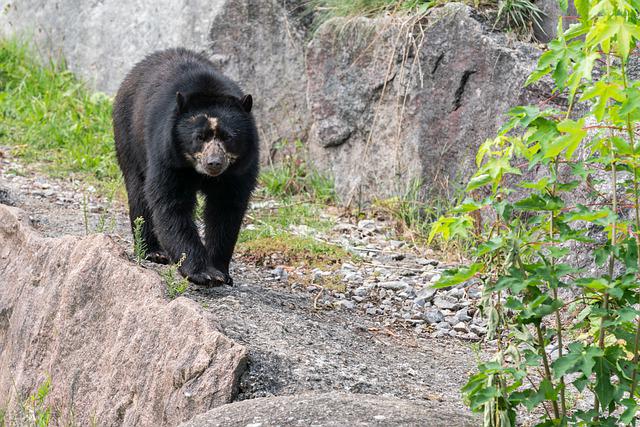
Spectacled Bear
There are venomous snakes along the Inca Trail, but you are unlikely to see them.
Snakes generally avoid humans and prefer the lower, warmer altitudes. Coral snakes do sometimes frequent the route. Despite what you may hear, bites from this species are extremely rare.
The only animal you need to be wary of along the Inca Trail are dogs. During days 1 and 2 of hiking, you pass by houses where there may be stray or domestic dogs around. Animal lovers usually can't resist petting these free-roaming hounds. It’s best not to though, as Peruvian dogs can be unpredictable.
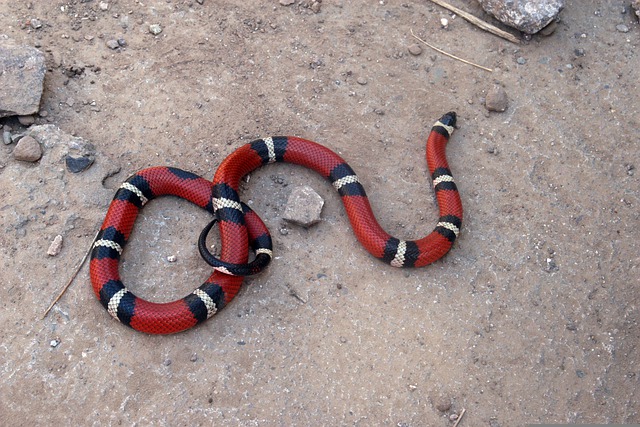
Coral Snake
Crime On The Inca Trail
The Inca Trail is a fairly isolated route. As you would expect, there is very little chance of violent crimes when out in the wilderness.
In recent years, there have been only two recorded instances of robbery on the Inca Trail. Both were isolated events where tourists had cash and valuables taken from them. These cases were taken very seriously. There are now police security points along the trail with contact to the valley.
Honestly, you are 100% more likely to be robbed in your home city than you are walking the Inca Trail. Despite this, we don’t recommend hiking with anything too valuable. The campsites on the Inca trail are busy and where there are people, there is always the possibility of crime.
Hikers are forbidden from packing dangerous objects. Prohibited items include:
- knives
- guns
- hunting gear
- drugs
Inca Trail Safety Tips
Just like with any new situation, it's always better to use common sense and be cautious.
Below are some of my best safety tips when hiking the Inca Trail.
Use an experienced Tour Operator
Using a well-reputed tour operator is the best way to ensure a safe Inca Trail. The best Inca Trail tours have a ton of reviews and use good quality, clean equipment. These companies all but guarantee a safe experience that meets expectations.
It is tempting to go with a cheap option for the Inca Trail. If you do, you run the risk of shabby equipment and less than professional ground teams.

Get a Machu Picchu trek quote
Start planning your Machu Picchu hiking holiday.
Looking for a day tour? Here are my 5 favourite day tours around Cusco:
- Rainbow Mountain day trip (with meals)
- Moray and Salt Mines Quad Bike Tour
- Sacred Valley day tour
- Humantay Lake day tour
- Machu Picchu and Huayna Picchu entrance tickets
See more Cusco day trips.
Acclimatize To The Altitude
You should spend 2-3 days in Cusco before your hike getting used to the altitude. Anyone can be affected, no matter how fit and healthy.
A bout of altitude sickness on the Inca Trail is uncomfortable at best and, although highly unlikely, fatal at worst.
Hike Carefully
Take it easy, walk slowly over uneven terrain and use hiking poles for extra stability. A fair amount of common sense is also needed. Stick to the path and stay with your guide at all times. Don't go standing on the edge of cliffs or climbing up steep slopes.
Avoid moving around in the dark at night. Make sure you pack a headlight, which will come in handy for a pre-sunrise walk to the Sun Gate on the last day of your trek.
Hike Over The Dry Months
If you avoid the rainy season (November-March) you minimize the risk of landslides. The best time to hike the Inca Trail is over the dry months (April-October). Less rain also means dry trails and less chance of slipping and twisting an ankle.
January is notorious for being the wettest month on the Inca trail. This is when there is the highest risk of landslides, particularly on day four. Sudden downpours are common and, besides the danger, make for a miserable trail with poor visibility and more risk to hikers.
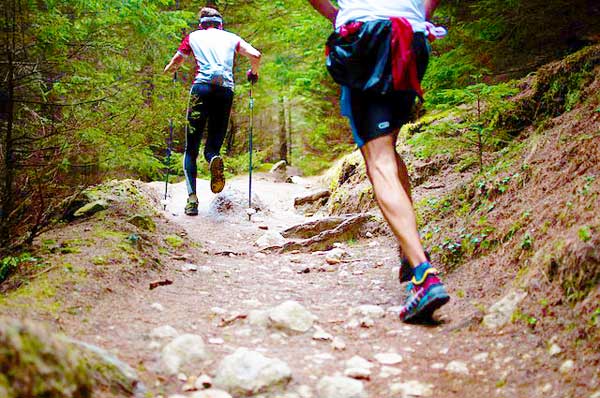
Work On Your Fitness
Do you consider the distance from the couch to the fridge a trek? If so, then it's time to start moving! Although the Inca Trail is not especially difficult, you do need to be fairly active. The fitter you are, the less chance of injuries.
We recommend following a gentle training plan for the Inca Trail. If you doubt your own abilities or experience heart, back, or knee issues, you may want to check in with your doctor before booking a hiking trip to Peru.

Leave The Valuables Behind
Most hotels and hostels in Cusco offer safes or lockers to store items when hiking the Inca Trail. We strongly recommend leaving expensive jewelry, credit cards, and extra cash in a safe spot to be collected after the hike.
Experience has taught me to always err on the side of caution with any kind of traveling, especially hiking tours.
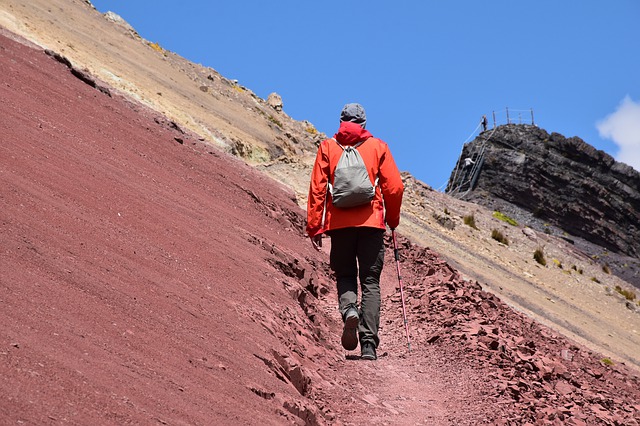
Dangers On The Inca Trail FAQs
If you're still feeling uncertain about how dangerous the Inca Trail really is, here are a few more facts that can put your mind at ease.
How many people die on the Inca Trail every year?
It is difficult to know how many people die on the Inca Trail every year because there are no official death statistics. The reports which do exist show less than 10 official deaths recorded on the Inca Trail, and this figure covers the beloved trail's entire lifespan.

How close is the nearest hospital to the Inca Trail?
The nearest hospitals or health centers to the Inca Trail are in Aguas Calientes and Ollantaytambo. For serious emergencies, guests can be also evacuated to the hospital in Cusco.
Are the Inca Trail guides prepared for emergency situations?
Yes, Inca Trail guides are prepared for emergency situations. It is mandatory for all Inca Trail guides to be vetted, trained and qualified in first aid. They must also carry a first aid kit and emergency oxygen on the trek should hikers in their group get injured or have difficulty breathing due to altitude sickness.
Are there emergency evacuation points on the Inca Trail?
Yes, there are emergency evacuation points strategically placed all along the trail.

Get a Machu Picchu trek quote
Start planning your Machu Picchu hiking holiday.
Conclusion
Thanks for reading my 'Is It Dangerous On The Inca Trail' article! There are no guarantees in life, but that shouldn't stop you from hiking this epic trail and making some new and unforgettable memories.
